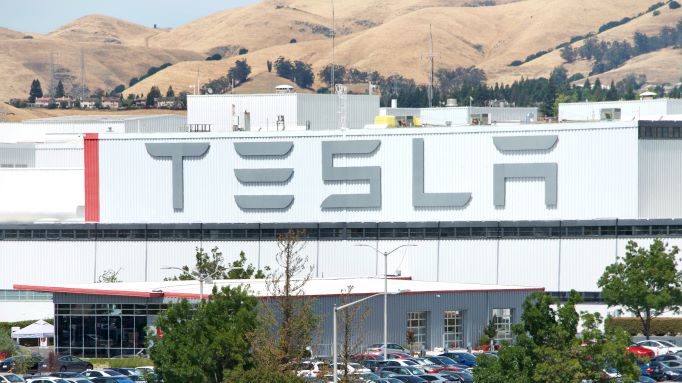On August 29, 2022, the National Labor Relations Board (NLRB) issued a 3-2 split decision in Tesla Inc., holding that any attempts by an employer to restrict an employee’s display of union insignia will be found presumptively unlawful, absent “special circumstances” justifying such a restriction.
In Tesla, the Board examined the company’s “team-wear policy,” which required employees to wear either black shirts imprinted with the Tesla logo, or their own black shirts. The policy also prohibited employees from wearing clothing with any other logo or emblem (union-related or otherwise); however, it did not restrict employees from wearing union stickers or buttons on their approved team-wear.
Recognizing that employees were allowed to show their union support through stickers on their team-wear, the Board nevertheless concluded that the Company violated Section 8(a)(1) of the National Labor Relations Act (NLRA). It found that the policy implicitly prohibited employees from wearing clothing with union insignia, which violated their Section 7 rights: employees have the right under the NLRA to wear union insignia, such as union buttons or logos, at work. The Board explained that “any limitation on the display of union insignia is presumptively unlawful regardless of whether an employer permits other Section 7 activity” and that an employer may only overcome this presumption if it establishes “special circumstances” demonstrating that the policy is necessary to maintain production or discipline. This test places a heavy burden on employers.
Tesla reverses the Board’s 2019 decision in Wal-Mart Stores Inc., which allowed the Board to apply two different tests in evaluating whether an employer’s uniform policy violated the NLRA. Under Wal-Mart, an employer’s rule or policy that prohibited all union insignia would be subject to the more stringent “special circumstances” test applied in Tesla and, therefore, the employer would need to demonstrate that its rule or policy was necessary to maintain production or discipline. However, if the employer maintained a facially lawful rule or policy that only partially restricted the display of union buttons or insignia, the Board would balance the nature and extent of the potential impact on NLRA rights against the legitimate justifications for the rule. Applying this test, Wal-Mart held that the employer’s “legitimate justifications for maintaining the [uniform] policies—to enhance the customer shopping experience and protect its merchandise from theft or vandalism—outweigh[ed] the adverse impact on employees’ Section 7 rights.”
The Board’s decision in Tesla dismissed the latter, more lenient rule set forth in Wal-Mart, overturning Wal-Mart in its entirety. Under Tesla, any policy that restricts employees’ ability to display their union support is presumed to be unlawful. As a result, employers will be required to show that special circumstances justify the policy based on business production or discipline standards. These special circumstances are fact-sensitive.
Employers maintaining a uniform policy should consider seeking legal counsel to evaluate and determine whether their policy complies with the NLRA’s new Tesla decision.
Duggan McHugh is available to assist employers on uniform-related policies and guidance, as well as any other employment-related issue.

